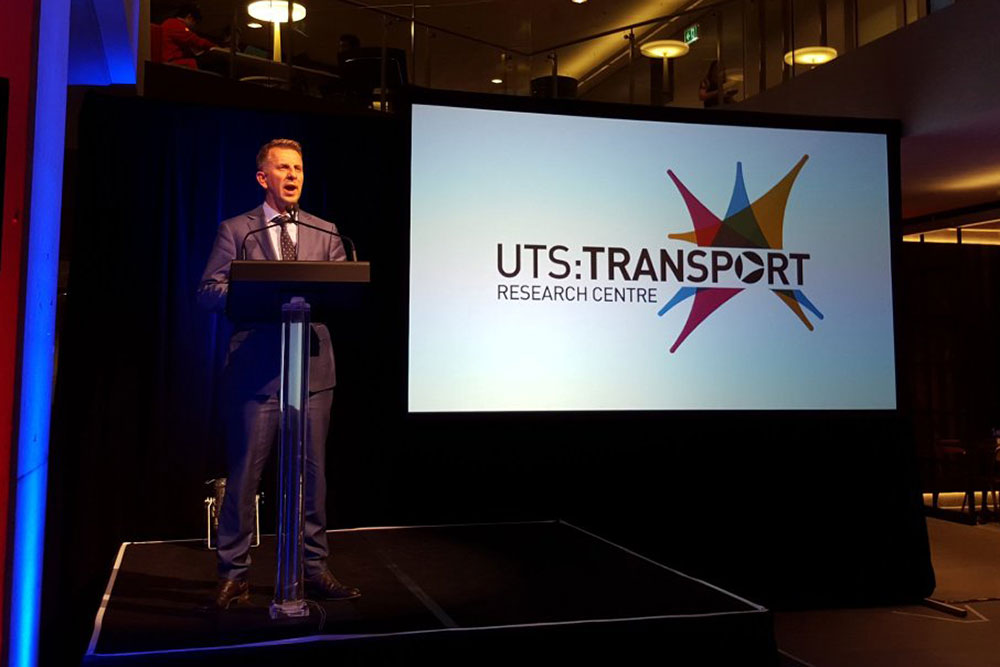
NSW Minister for Transport Andrew Constance. Image: UTS
The University of Technology Sydney (UTS) has created a new research and development hub focused on improving transport infrastructure.
New South Wales Minister for Transport Andrew Constance opened the the UTS Transport Research Centre on 17th May, 2016, saying it’s a great example of NSW leading the way when it comes to transport and technology.
“Innovation and technology will be key to improving the way we plan, build and use transport in the future,” Mr Constance said.
He said as part of the NSW government’s Future Transport program, it is partnering with industry, leading thinkers and academics at the cutting edge of technology and innovation to tackle the state’s transport challenges.
The new Centre will partner with road, bus and rail public transport service providers to develop and implement improved transport infrastructure.
According to UTS, the Centre will have a ‘solutions-focused’ approach by a ‘multidisciplinary’ team that will enable existing transport services to be retrofitted.
And being UTS of course, it will have a strong focus on technology in transport, delivering ‘high-tech’ solutions focused on future passenger needs and rosing demand for public transport that is more comfortable, reliable, frequent and faster.
This technology will include robotics, passenger-sensing technologies, data analytics and 3D data visualisation with the insights and know-how of transport providers working at the coal-face.
If you’ve ever run late for a train or you can’t find a carriage with enough vacant seats, the technology in development at UTS might be a breath of fresh air for you.
These technological developments include passenger information systems that let operators see how people move and are located within transportation spaces.
And another lets operators advise passengers where they can go if crowding occurs in one train carriage while seats are vacant elsewhere.
Transport Research Centre leader Dr Michelle Zeibots said even small behaviour changes to alleviate delays in passengers boarding and alighting from public transport could cut travel times and costs, as well as improve travel experiences.
“The centre’s research work will also deliver solutions to transport service providers to get more life from existing infrastructure – while also developing state-of-the-art features for future projects,” Dr Zeibots said.
She said the new research centre will work with government in all stages of delivering solutions to transport challenges, from prototyping through to the completion of projects and delivery of end products.
“UTS is able to draw on talent from across its disciplines to work with government and industry at all project stages, from idea to service output,” Dr Zeibots said.
According to Dr Zeibots, the Centre’s researchers have already begun work with the Queensland Government, where they were based at Queensland Rail’s Central Station collecting data using 3D robotic sensors as part of a three-year industry-funded research project.
“We look forward to working with the NSW Government on future transport projects and other Australian centres where travellers love being able to count on a regular, on time and comfy ride to wherever they need to go.”





